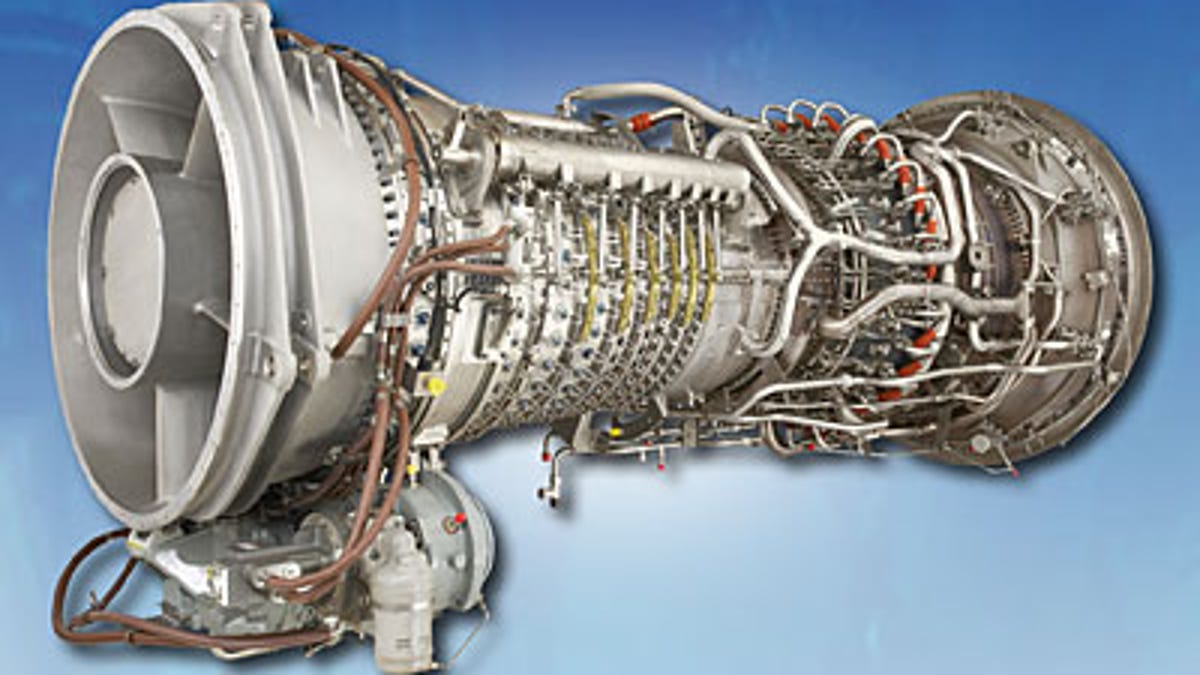GE, Idaho Labs turn waste heat into electricity
Here's one way to make industry more efficient: A small DOE research project seeks to convert megawatts of wasted energy into usable heat and electricity.

General Electric and the Idaho National Laboratory are plumbing engines for a cheap source of energy: waste heat.
The two organizations said Tuesday that they have received a $2 million Department of Energy grant to further develop GE technology that converts the heat from industrial engines into electricity. That technology could make engines 20 percent to 40 percent more efficient and reduce greenhouse gas emissions.
The engines that run factories, mills and power plants are often only 35 percent efficient. That means the rest of the available energy from fossil fuels goes unused.
GE researchers in Germany and New York have been working to improve the Organic Rankine Cycle, a process that's been understood for over 100 years but has been expensive in practice. The research will seek to build a prototype of a more efficient and cost-effective ORC which will convert heat from a gas turbine.
Rather than use a working fluid to capture and transfer the waste heat, GE has developed a new evaporator to transfer it. The new design means that ORCs can be used to convert relatively low-temperature heat (under 500 degrees Celsius) into electricity on a wide range of power sources, including the equipment in coal power plants and small gas turbines, said Thomas Fry, a researcher in GE's Munich offices.
There are already waste-heat recovery systems operating in large industrial facilities that produce steam from smokestacks to turn an electricity turbine. Another technology that's being pursued, although is still expensive, is thermoelectrics, materials that create a current from heat.
One company called ElectraTherm has developed a on-site generator, which uses an Organic Rankine Cycle to make electricity at facilities such as offices or hospitals.

